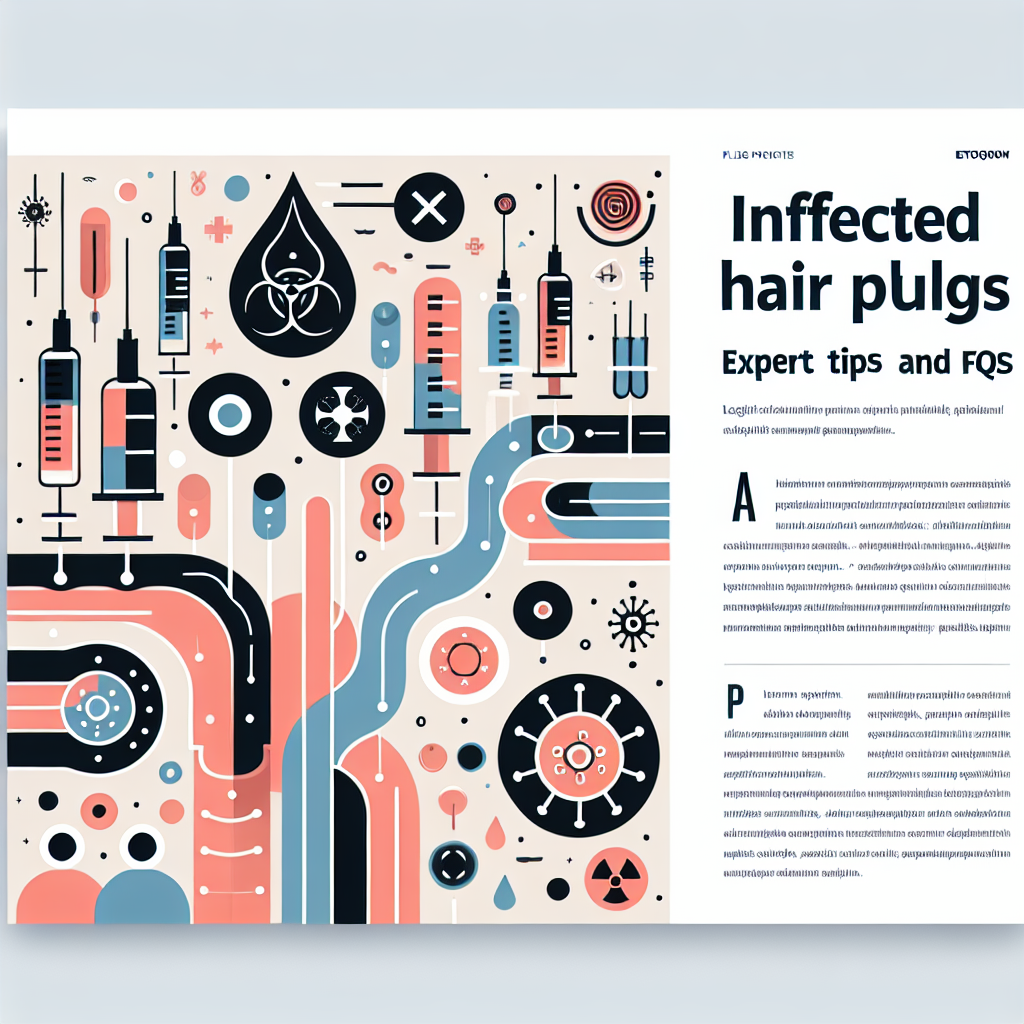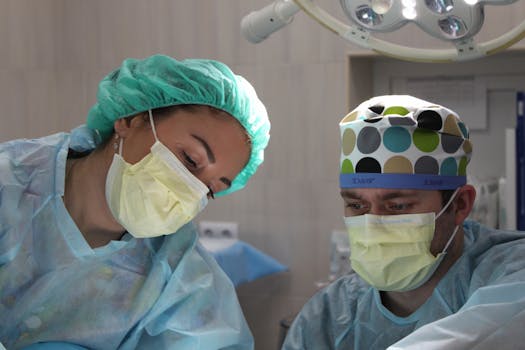Dealing with infected hair plugs after a transplant can be worrying, but understanding what causes infections and how to respond quickly helps protect your results and overall health. This article explains common signs, immediate steps, treatment options, and prevention strategies so you can recognize problems early and know when to consult a clinician. We use practical, evidence-based advice and clear next steps to help anyone concerned about post-transplant complications.
Infected hair transplant plugs: common signs and causes
After a hair restoration procedure, small grafts or plugs may show normal redness and scabbing as they heal. However, a hair transplant infection is suspected when redness increases, pain worsens, pus develops, or systemic symptoms such as fever appear. An infected hair transplant follicle may present as a single painful bump or multiple tender areas along the graft line.
Common causes of infection include inadequate wound hygiene, contamination during the immediate post-op period, scratching or picking at grafts, and underlying skin conditions that compromise the scalp barrier. Some infections result from bacteria that normally live on the skin but invade when the protective layer is broken. Rarely, less common organisms can be involved, so persistent or severe symptoms require medical attention.
Recognizing symptoms and early at-home care
Early warning signs to monitor include increasing localized redness, swelling, warmth, persistent or worsening pain, drainage of yellow or green fluid, foul odor, or spreading redness beyond the graft area. Mild post-operative discomfort and scabbing are normal, but escalating symptoms over several days point toward a hair transplant infection rather than routine healing.
If you suspect an infected area, take these immediate steps at home while arranging medical advice: gently clean the area with the saline or cleansing solution recommended by your clinic, avoid rubbing or picking at scabs, keep the head elevated to reduce swelling, and refrain from topical products unless prescribed. Over-the-counter pain relief can help temporarily, but do not apply random ointments or antiseptics without guidance — some can interfere with healing.
Medical evaluation and treatment options
Clinicians typically assess the severity of an infection and may collect a swab for culture if drainage is present. Mild, localized infections are often treated with an appropriate oral antibiotic and careful wound care. More severe or spreading infections might require different antibiotics, topical therapies, or in rare cases, drainage under sterile conditions. If an abscess forms around an infected transplant follicle, a procedural drainage may be necessary.
Because hair transplant techniques and aftercare instructions vary, it’s important to follow your surgeon’s guidance and seek prompt evaluation rather than self-treating long-term. For background on hair transplant techniques and expected outcomes, reliable sources like medical overviews can help set expectations; see this overview of hair transplantation for general context: hair transplantation overview.
Prevention and post-op skin care
Preventing infections starts with choosing a reputable clinic and following pre-op and post-op instructions carefully. Keep the graft area clean using only the products recommended by your provider, avoid strenuous activity and sweating during the early healing window, and protect the scalp from sun and contaminants. If you have underlying dermatologic conditions, inform your surgeon beforehand so they can tailor care appropriately.
Good scalp hygiene and gentle, non-irritating products support healing. For related guidance on sustainable skin-care practices and product choice that won’t compromise healing, consider resources with broader skincare advice such as this descriptive anchor text.
When to seek urgent care
Contact your clinic or a medical professional right away if you experience spreading redness, fever, increasing pain, pus that won’t resolve, or any signs of systemic illness. Prompt antibiotic therapy and clinical care prevent complications that can affect graft survival and your general health. If symptoms are severe or you cannot reach your clinic, visit urgent care or an emergency department.
- Early recognition preserves grafts and speeds recovery.
- Follow your surgeon’s post-op instructions strictly.
- Avoid picking or applying unprescribed topical products to grafts.
- Seek prompt medical care for worsening signs or fever.
FAQ — Can mild redness be normal after a transplant?
Yes. Mild redness, swelling, and scabbing are common in the first week to two weeks after a hair transplant as part of normal healing. Worsening redness, increased pain, or discharge are signs to seek evaluation for a possible infection.
FAQ — Will an infection ruin my transplant?
Not always. Many infections are treatable with antibiotics and proper wound care, and grafts often survive. Early detection and treatment are key to preventing extensive graft loss or scarring that could affect the cosmetic outcome.
FAQ — How are infected hair plugs diagnosed?
Diagnosis is primarily clinical, based on symptoms and examination. If drainage is present, a culture may be taken to identify the organism and guide antibiotic choice. Your clinician will recommend the best treatment based on severity and your individual health.






